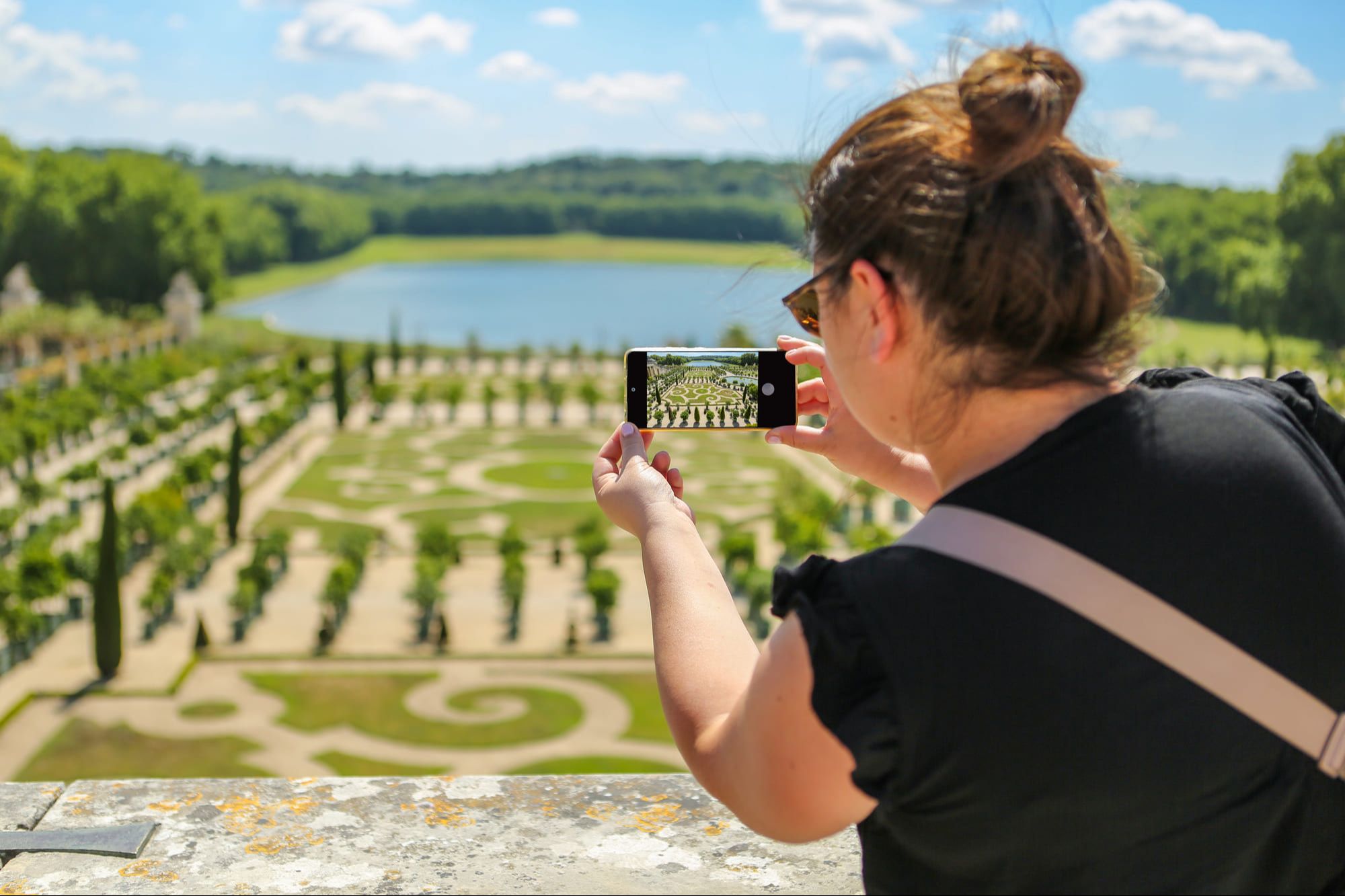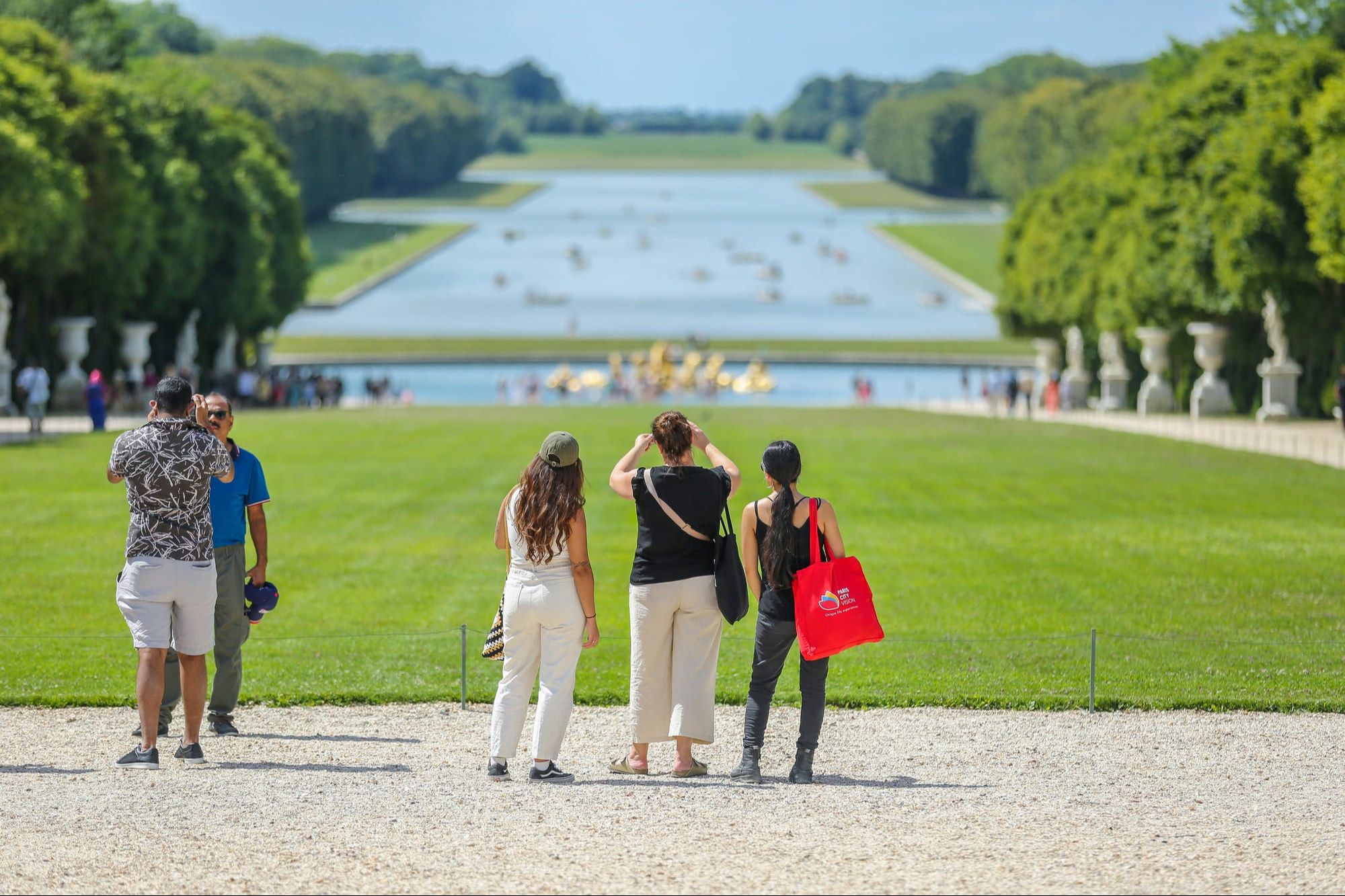Architectural Description of the Chateau de Versailles
Before becoming the residence of kings Louis XIV, Louis XV and Louis XVI, Versailles was a hunting pavilion constructed at the behest of Louis XIII by Nicolas Huaut. A castle was also built with a French garden where the royal court would spend time. However, when the king died, Anne of Austria would ensure the crown for her son, Louis XIV, and leave the Versailles apartments to abandon.
After his marriage to Marie-Thérèse of Austria, Louis XIV set up his official, royal residence at Versailles and construction began, in phases, to make it the incredible palace that it is today. For example, the Hall of Mirrors was only constructed in 1679 whereas the Sun King had already resided at Versailles for nearly 20 years.
The Rise of Baroque Architecture
Before the construction ordered by Louis XIV, the Château de Versailles domaine was made of bricks. It was the Italian Renaissance (14th-15th centuries), however, that would have a huge impact on French art for many decades. Baroque is characterized by extravagance in architecture, literature and music and was a veritable way of thinking that encouraged artisans to diversify decorative elements such as gilding, stucco arabesques, painted vaults and trompe-l’oeil.
Moreover, the palace’s layout was revolved around the king. For example, his private chamber is located exactly in the middle of the palace, therefore demonstrating that everything must and does revolve around him. The first floor is reserved for the King and Queen’s apartments, north and south wings respectively.

A Highly Technical Work of Art
Despite its being significantly influenced by the Baroque genre, the entirety of the Chateau de Versailles is particularly harmonious thanks to optical illusions. The palace’s set up is very geometric with some distortions that work together to give the illusion that a perfect harmony exists.
A historic monument since 1862, the palace’s apartments are located in its central axis. The most northern point in the palace houses the Battle Gallery and the Congress Hall. The palace’s chapel and the royal opera, completed after the death of Louis XIV, are in the north wing. In addition to its buildings, the palace is built around interior and exterior courtyards. The Arms Square welcomes visitors and immediately evokes the immensity of the palace. One can imagine the time it must’ve taken to cross the square’s 300 meters before arriving at the Court of Honor and imposing golden gate. The Royal, Marble and Princes Courts are lined up in the southern part of the palace and the Chapel is located in the northern part. Every section of the palace also has large interior courts that are split up into two smaller ones.

The Château de Versailles was not like it is today. Those who resided within its walls influenced the palace’s architecture and organization, which became increasingly complex until finally serving as an independent royal residence. The fact that it has a royal opera, its own chapel and various salons makes it both functional and efficient. It’s thanks to the talents of architects and artisans that Louis XIV was able to succeed in creating a society of pleasure where courtesans could enjoy a certain luxury with, of course, the Sun King at its center. Discover the different ways to visit the palace of Versailles with PARISCityVISION.


